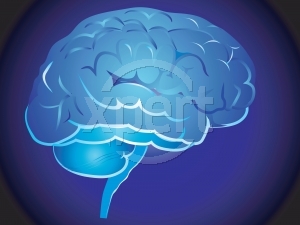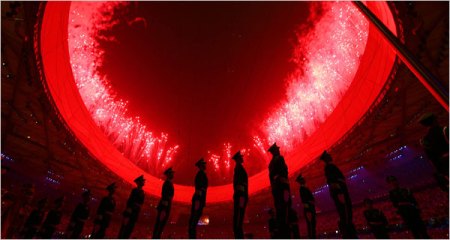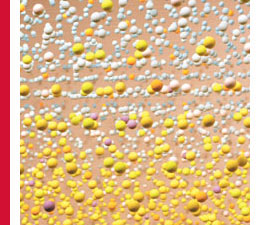The Platform: Anti-Aging Programs for the Brain
The Twitter: Pssst: Fluid Movement Rocks! (Indeed!)
The Big Idea: Movement changes the our brain and the brain changes our movement!
In this year of the brain, the term “neuro” has now entered the lexicon of leadership training, conflict resolution training, literacy training, the aesthetic education of musicians, visual artists and designers and as I have mentioned in this blog, the performance training of Olympic athletes. No longer curtailed to the hinterlands of scientific research or the once culturally detached province of brain-injury, the message of “neuro”, especially, “neuro-plasticity” is making its way through all dimensions of global urban life.
 As I have noted on this site, the news of neuro-plasticity brings with it messages galore of how to update and change our brains. A casual survey of brain fitness programs reveals a trend: Exercise and Nutrition change the body and the embodied brain!
As I have noted on this site, the news of neuro-plasticity brings with it messages galore of how to update and change our brains. A casual survey of brain fitness programs reveals a trend: Exercise and Nutrition change the body and the embodied brain!
Now in the case of anti-aging advice, the brain/exercise connection is particularly dominant: Notice the examples that are given: aerobic exercise (for endurance and blood flow) and weight training (for balance and muscle strength).
But let’s put the neuro-mirror on the wall and connect the dots: What neuro-kinesthetic image of movement is being fed to the anti-aging public? A bouncing, muscle building body — one that ignores the change in joint fluids and over all sensory awareness of moving in space. One that ignores the neurally encoded body map and cognitive possibilities of expanding one’s range of movement!
bodiesinspace.com along with other sites dedicated to brain health and wellness have noted the need to debunk the myths of the unchanging brain. If exercise is going to be put forward as one of the ways to increase healthy brain tissue, I would encourage a rethinking of anti-aging and other brain fitness programs: Speak to the advantages of using fluid movement to increase joint and neuro-muscular tonicity and balance.
What is fluid movement? Think Tai Chi, Picture Belly Dancing, Imagine yourself on your “board” or floating on your back rocked by the waves of the ocean.
Fluid movement emphasizes curvilinear, serpentine or floating patterns in space.
Fluid movements “juice up” (i.e., lubricate) the joints — neck, spine, elbow, wrists, hip, knees and ankles.
Fluid movements stimulate the right brain, emphasizing spatial awareness.
Fluid movements make contact with the oldest, “pre-spinal” remnants of our bipedal evolution.
Fluid Movement, in other words, invites the brain to learn and recognize another aesthetic pattern of movement…. another pattern that allows us to adapt to and enjoy the world.
SpaceSuit Yoga Tip 1: Take a moment to observe things that move in a fluid manner. Now imagine yourself moving in the same way.
SpaceSuit Yoga Tip 2: Noted Somatic Pioneers of Fluid Movement: Emilie Conrad, Bonnie Bainbridge Cohen and Gabrielle Roth
SpaceSuit Yoga Tip 3: Check out the National Institute of Health, Alternative Medicine Research site for verifiable studies on the physiological effects of Tai Chi
http://health.nih.gov/topic/AlternativeMedicine (enter Tai Chi into the search area and click on the PDF)
So Connect the Dots: Fluid Bodies, Fluid Brains!
From the rolling shores of the great Pacific — May the Breath Be With You!
Dr. G.


